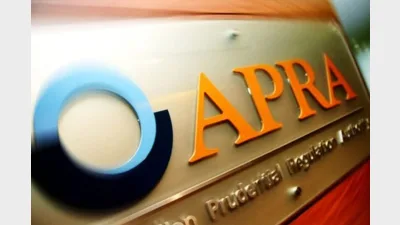Too hard to compete for group risk
Smaller companies thinking of dabbling in group insurance should think again, as high barriers to entry and small margins make the sector increasingly a playground for big insurers.
The $3.1 billion group insurance sector is increasingly being shared among fewer and fewer insurers, according to key industry players speaking at the 2011 Conference of Major Superannuation Funds (CMSF).
The top two group insurers now hold approximately 33 per cent of the market, while the top four have increased their share from 54 to 64 per cent — a total of $1.8 billion in premiums, up from $1 billion in 2007.
Damien Mu, chief distribution and marking officer for AIA, said he found the figures unsurprising as he was seeing a specialising of group risk in the market.
“Group risk used to be seen as a poorer cousin, but now there is a genuine need for specialisation, with a need for infrastructure, separate investment and products and services, as well as technology to support the group insurance channel,” he said.
Head of group market and actuarial at OnePath, Robin Knight, said he felt that as the sector went through specialisation, it was being faced with the need to make big investments in technology.
“It’s almost an all or nothing. Are you going to spend the $20 million plus to play in that market?”
“It’s harder for the smaller players faced with those decisions to get the scale to justify the spending for specialist services. It’s a lot easier if you are a bigger player to spread the cost of the technology across different areas of the business,” Knight said.
Recommended for you
Australia’s average superannuation balance has climbed to a record high, with women’s savings share rising and reliance on the age pension falling.
APRA has softened several governance reform proposals following extensive consultation with banks, insurers, and super funds across Australia.
The super fund’s CEO has confirmed he will finish his role in 2026.
New data shows millions of Australians have little idea how their super funds have performed over the past year.









